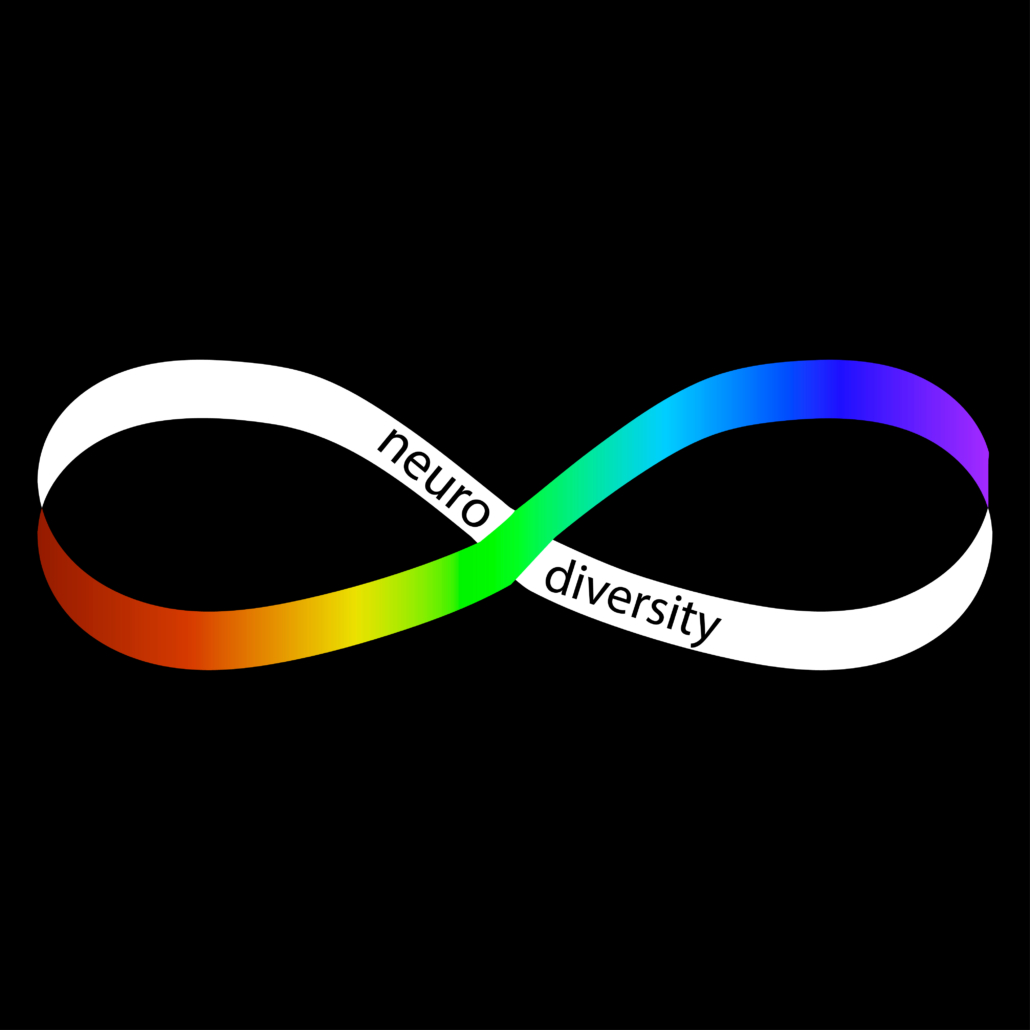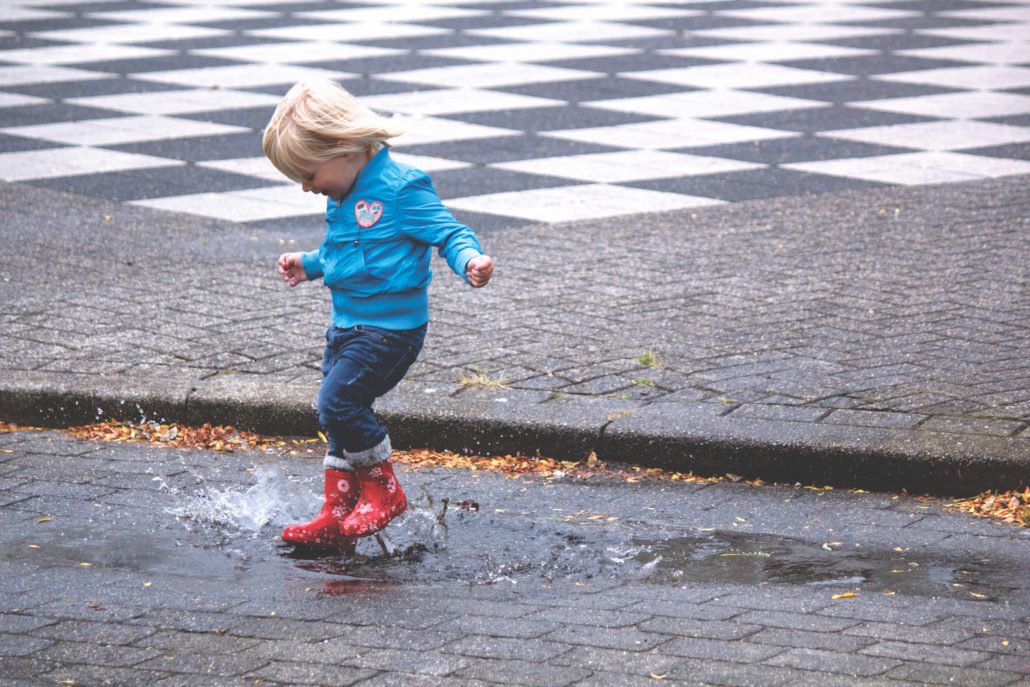

- Call 908 543 4390
- Email
- Dr.Joni Redlich PT,DPT


Hi everyone! This week we are here to bring you insight on another way Physical Therapy can help children with Autism Spectrum Disorder (ASD). Like we discussed last week, many people do not know how PT can help individuals within the ASD community. Well, we are here to tell you just how we can help (PART 2)! Not every individual within the ASD community has motor difficulties, but some individuals within the ASD community need a little bit of help to overcome different motor challenges that may be preventing them from flourishing as their best selves!
Some children with ASD love to move move move! While movement may just be something they love love love to do, sometimes they may be moving without stopping because they have trouble STOPPING their own body movement. Just like we discussed last week, this is often related to postural control as well. Postural control affects their balance and one’s ability to keep their body stable in one place for a given period of time. If your child has difficulty with postural control, it may cause them to stand up and then sit down, and then stand up again, in rapid succession. They may also be more inclined to run than walk OR when they are walking, their steps may be ALL over the hallway, like they are losing their balance. Like we talked about last week, these are both strategies kids may use to keep themselves from falling, because believe it or not, moving SLOWLY takes so much CONTROL of the body. Slowing down may be too much work for your child’s body so it is easier for them to move fast OR just to keep moving in general, because then they are less likely to fall.
On the other hand, sometimes children with ASD have trouble starting new movements. This may happen when they are doing something like walking from standing still, reaching for an object from standing still, or transitioning from walking on a flat surface to walking up the stairs. It may seem like your child is refusing to move or refusing to do something hard, like climbing the stairs, when in reality they may be stalling because their brain is having trouble telling their body to GO! We in the PT world call this idea “movement initiation” and most of us take our own easy ability to initiate different movements for granted. Children who have trouble with movement initiation try very hard to start a movement, but sometimes it takes a bit OR they need some outside help to do it. This “outside help” is referring to things outside their brain, and some examples of this would be rainbow stripes on steps giving a visual cue to walk OR a song with a good beat, giving a sound cue to keep on moving!
The goal of physical therapy in either of these realms is to generate either more postural control or easier movement initiation. How does PT do this, you ask? By making new neural connections in the brain and central nervous system which then inform the rest of the body. By making these changes in the brain and body, both processes of postural control and movement initiation become automatic processes. This way, your child does not have to think about it too hard and their body will do it automatically. This will let your child do other important tasks, like learning in school, eating a meal, or climbing the stairs, without their brain and body having to work so hard. By making these processes automatic, they can move with greater ease and freedom!
If any of these descriptions sound like your child, call us at KidPT today for a free Discovery Visit, where we can discuss if physical therapy is the right fit for your child and why!

Earth day is April 22nd this year, and we wanted to prepare all of the kiddos out there with ways to celebrate! We’ve said it before and we will say it here again, getting outside is great for so many things, including calming and attention (see our blog post about this HERE). It is also great for promoting movement of many varieties!
Here are some fun, Earth Day themed activities to get you and your family moving in the great outdoors:
Happy Earth Day everyone! Go out there and explore the great outdoors! We hope this post helps generate some ideas for combining movement and activity with the outdoors for some teachable moments so that your kids can learn why we celebrate the green world all around us!
by Dr. Ali Clodfelter, PT

When it comes to the link between physical therapy and Autism Spectrum Disorder (ASD), many people do not know how PT can help individuals within the ASD community. Well, we are here to tell you just how we can help! Not every individual within the ASD community has motor difficulties, but some individuals within the ASD community need a little bit of help to overcome different motor challenges that may be preventing them from flourishing as their best selves!
Low muscle tone is often described as having ‘loose’ or ‘floppy’ muscles. This is usually because the muscles are not as firm or tight as expected for the stage of development the child is at currently. Kids who experience low muscle tone may have delayed motor skills, difficulty with motor coordination and weakness in their muscles . Low tone is a term used to describe the baseline stiffness of the muscles. High tone would describe muscles that are in a tighter resting state and low tone describes muscles that are in a more relaxed resting state. For more detail, visit the Kid PT Low Tone page.https://kidpt.com/low-tone/
Sometimes individuals within the ASD community also have a diagnosis of Low Muscle Tone, usually shortened to Low Tone. Kiddos with low tone have a harder time activating their muscles as quickly and easily as those without low tone. It can make dealing with gravity on an everyday basis very challenging. When a child is frequently losing the battle with gravity, there are some clues to look for like:
Is Physical Therapy Useful for Autism Spectrum Disorders?
Kids with low tone can really benefit from physical therapy because it helps improve their ability to make their muscles ready for challenging tasks. This means, when they go to try a task where gravity previously won the battle, they know how to activate their muscles beforehand (eventually without even thinking about it), and can perform the task with greater ease and safety.
Children with Low Tone also have difficulty with postural control. Postural control affects their balance. If your child has difficulty with postural control, it may cause them to have difficulty keeping their balance when sitting in a chair, walking on unstable surfaces or narrow surfaces, and it may make it very hard for them to stand still. Often when a child has difficulty with postural control that affects their balance in standing, they will keep moving or keep taking steps forward just to keep from falling! That is a lot of work that they are doing every day just to keep their balance!
With improvements in muscle readiness and postural control, kids with Autism gain the stability they need to do everyday tasks with greater ease. With greater ease of movement, kids are able to grow and learn to do motor tasks they never thought possible. It is this growth we love to see and support, and it is why we do what we do!
Our approach is to respect neurodiversity while supporting the needs of autistic children and teens from a sensory and motor perspective.
Our pediatric physical therapists work with autistic children and teens first seeking CONNECTIONS, building relationships with children, and then building from there. You can read about Autism and our founder, Dr. Joni Redlich’s B”Turn Stumbling Blocks into Building Blocks” here https://kidpt.com/autism/
If any of these descriptions sound like your child, call us at Kid PT today for a free Discovery Visit, where we can discuss if physical therapy is the right fit for your child and why!

This month is Autism Acceptance Month (formerly known as Autism Awareness Month). The purpose of the month, which was originally geared toward raising awareness and sharing resources to raise awareness for the Autism Community, is now aimed at both raising awareness and fostering a culture of acceptance. What does this mean exactly? The name change to Autism Acceptance Month urges for a change in how the community at large embraces individuals with Autism as well as their families. A large source of stress for individuals with Autism and their families is a lack of community support, this includes difficulty finding support within the education system, providing accessible housing, providing affordable healthcare, and helpful, comprehensive long term services.
That said, we wanted to highlight one resource we found that was designed to help individuals within the community and to help educate the community as a whole. This resource is a children’s book, created by an individual who has Autism, that seeks to describe and normalize various sensory needs, mobility needs, and even nutrition needs for children with disabilities, and is not solely limited to ASD. This resource does so in a way that does not teach children who are neurodivergent or who have a disability to feel like their difference is their fault OR that it is something that needs to be hidden in order for them to fit into everyday life. This children’s story highlights that children all have differences from each other, that the needs of many children can be met within the school setting, and that this is a great thing! It seeks for foster “Neuroinclusion” rather than to create an environment of othering and exclusion. This story is called “A Room For Us All: A Neuroinclusive Story”.
Below is the link to the article written on this topic which has a PDF of the story we mentioned at the bottom of the article!
Other references resourced here:

by Alison Clodfelter, PT, DPT
April is finally here, and you know what that means, APRIL SHOWERS! With April showers comes so many PUDDLES! We know how much your kiddos probably love to jump in puddles, and while it may get their clothes a little wet, it certainly is fun! Jumping is also great for coordinating the muscles of your tummy and back with your arms and legs because all these different muscle groups need to fire at just the right times. This needs to happen in a certain sequence for each jump to occur, which means it is helpful to practice different kinds of jumps to learn all kinds of coordination patterns!
You and your kiddo may want to pull out your rain boots for these fun puddle jumps to keep your feet dry:
1. Jumping AROUND the puddles: Jumping two feet apart then two feet together: Start with both feet together (in front of your puddle), then jump forward and move both feet apart at the same time (two feet outside of the puddle). Then jump with two feet back together to make it to the other side of your puddle!
2. One foot puddle jump: Start with two feet in front of your puddle, then hop onto one foot RIGHT INTO THE PUDDLE (SPLASH)! Now jump back onto two feet! Turn around and try jumping into the puddle on your other foot!
3. One foot OVER the puddles: Start on the side of your puddle on one foot, quickly bend the knee your standing on and jump sideways OVER the puddle to land on your other foot. Try not to land in the puddle! Keep repeating this and see how many sideways jumps you can do without getting your feet wet!
4. Backwards puddle jumps: Jumping backward gives a whole new moving view of the world to your kiddo while they are trying to coordinate their jumping, challenging their coordination with a new visual flow, making their brain work in a new way to move!
5. Puddle LEAPS: Have your child RUN up to the puddles, lift one foot off the ground, and push off the leg that is still on the ground to do one big LEAP over the puddle. Again, try not to land in the puddle, and see how many you can do without making a splash!
6. Puddle Half Turns: We had to end with one right in the puddle! Start with your rain boots standing in the puddle. Jump UP and turn your whole body 180 degrees to do one half turn. This one is great for coordinating the rotational muscles of your tummy with your jump.
These fun jumps can of course be performed without puddles too if you don’t want to get messy! Happy puddle jumping!
